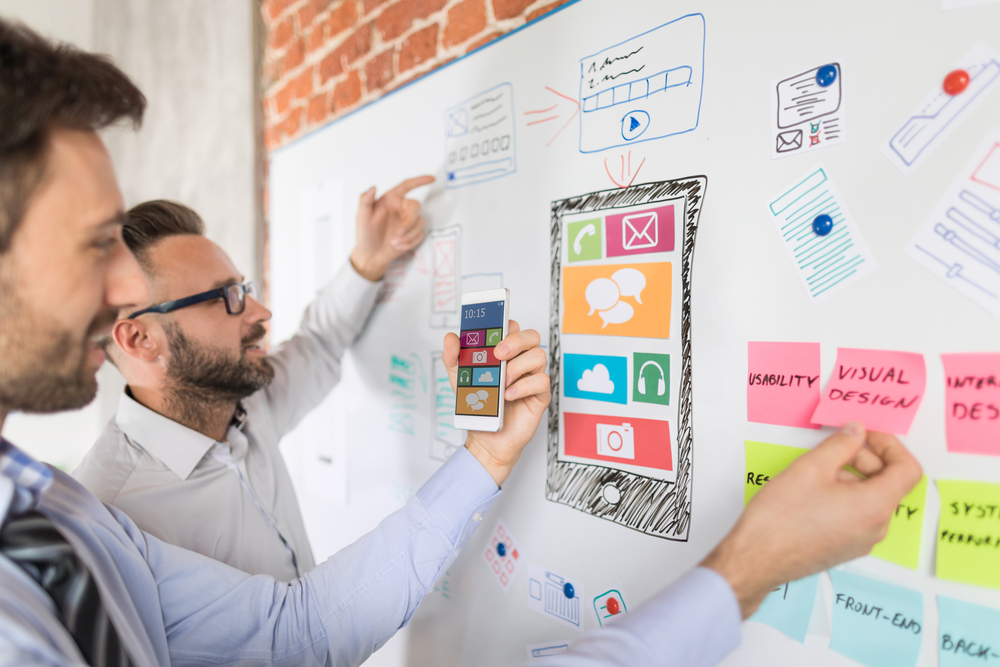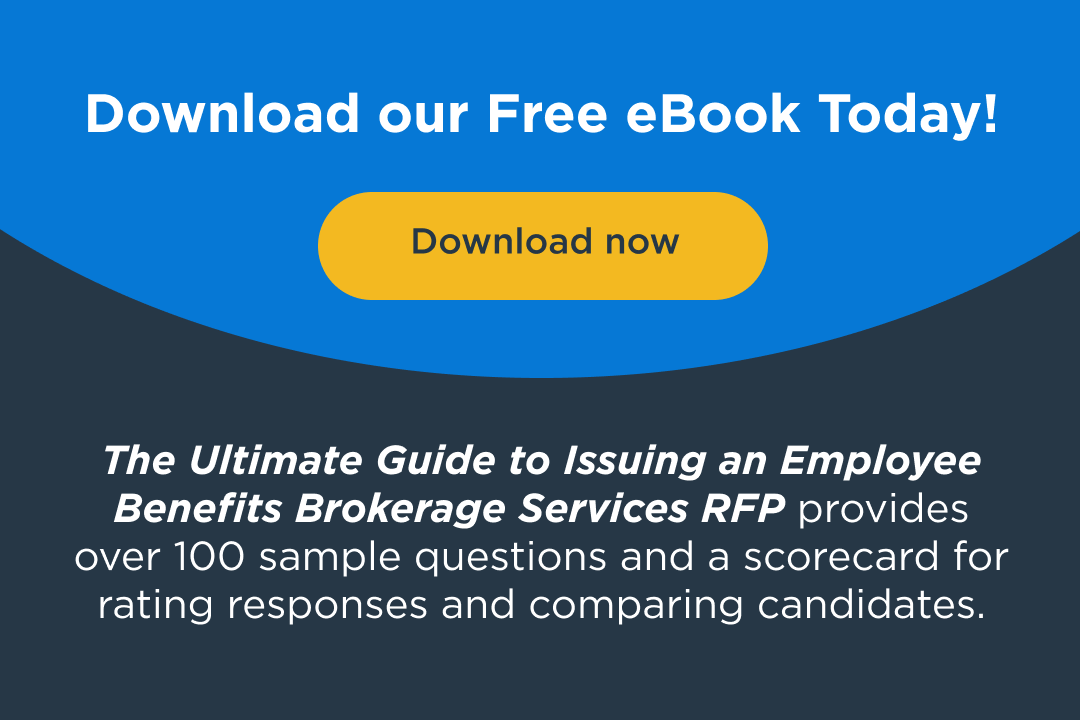Rethinking the Message: The Latest Trends in Employee Benefits Communications
May 17, 2025

In today’s workplace, a competitive benefits package is only as valuable as employees’ understanding of it. Yet, despite significant investment in health, wellness, financial, and lifestyle benefits, many employees remain unaware or confused about what’s available to them—and how to use it.
That’s why employee benefits communication is undergoing a much-needed transformation. No longer limited to dense brochures or once-a-year open enrollment emails, benefits communication is evolving into a strategic, ongoing, and employee-centric effort.
Here are the latest trends reshaping how employers engage their workforce with benefits communications—and what HR teams can do to stay ahead of the curve.
1. Personalization at Scale
Employees expect the same level of personalization from their employer communications as they do from Netflix or Amazon. Generic one-size-fits-all messages are being replaced with targeted, tailored content based on factors like life stage, job level, location, or benefit eligibility.
Example: A new hire receives onboarding content about basic health coverage and 401(k) enrollment, while a seasoned employee approaching retirement gets reminders about catch-up contributions and Medicare transition planning.
Tactics HR can use:
- Segment email lists by employee demographics or tenure
- Use benefits platforms with smart automation features
- Offer recommendation engines based on past usage patterns
2. Year-Round Communication, Not Just Open Enrollment
The days of treating open enrollment as the only time to talk about benefits are over. Forward-thinking companies now maintain ongoing engagement campaigns that educate employees about benefits all year long.
Why? Because life events—like having a baby, getting married, or dealing with a medical diagnosis—don’t just happen in Q4.
Best practice: Use a benefits calendar with monthly or quarterly themes (e.g., financial wellness in April, mental health in May, etc.) and align messages with national observances like Mental Health Awareness Month or Financial Literacy Month.
3. Multichannel, Multimedia Messaging
Today’s employees work in offices, remotely, on shop floors, and everywhere in between. To reach a diverse and dispersed workforce, employers are leveraging multiple communication channels and media formats, such as:
- Text messages and push notifications
- Short explainer videos or benefit “trailers”
- QR codes on posters or mailers
- Social media-style graphics or memes in internal platforms like Slack or Microsoft Teams
Multichannel communication ensures your message cuts through, especially for non-desk workers who might not check email often.
4. Simplified Language and Visual Storytelling
Benefits materials are often dense, confusing, and full of insurance jargon. The modern approach emphasizes plain language, clear visuals, and storytelling to make benefits easier to digest. What’s trending:
- Infographics summarizing key benefits
- Employee testimonials or case studies
- Interactive decision-support tools that walk users through benefit options in simple terms
A focus on simplicity builds trust and makes employees more likely to engage and take action.
5. Mobile-First Experience
With employees increasingly relying on smartphones to access work tools and information, benefits communications are being optimized for mobile-first consumption. Responsive design, mobile apps for benefits portals, and text-friendly formats are essential—especially for hourly or field-based employees without daily access to computers.
Tip: Test emails, videos, and PDFs on a mobile device before distributing. A well-designed mobile experience boosts engagement significantly.
6. Integration with Wellness and Culture Messaging
Today’s benefits communications are more holistic. Rather than treating healthcare, mental health, retirement, and wellness programs as separate silos, employers are aligning them under broader themes of well-being, balance, and culture.
Some organizations now brand their benefits communications under a unified identity (e.g., “Live Well,” “Thrive,” or “MyLife@Work”), tying them to employee engagement and organizational values.
Why it works: It reinforces the message that benefits are not just transactional—they’re a part of the employee experience and company culture.
7. Two-Way Communication and Feedback Loops
Modern benefits communication isn’t just broadcasting information—it’s about creating dialogue. More companies are using pulse surveys, feedback forms, and virtual Q&A sessions to assess what employees want to know, what they understand, and what they find confusing.
Incorporating employee input into how benefits are communicated not only improves effectiveness but builds a sense of ownership and trust.
8. AI and Chatbot Integration
AI-powered chatbots and virtual benefits assistants are becoming increasingly popular, providing 24/7 access to benefits information and answering common questions in real time. These tools help reduce the administrative burden on HR while improving employee satisfaction with faster support.
Bonus: AI can also surface personalized suggestions, like reminding employees to complete a biometric screening or enroll in an HSA before the deadline.
Final Thoughts: The Future Is Employee-Centric
As workforce demographics diversify and remote/hybrid models continue to grow, the demand for clear, relevant, and engaging benefits communications is higher than ever. Forward-thinking HR teams are shifting from transactional communications to strategic, empathetic storytelling—supported by technology, personalization, and consistent messaging throughout the year. The end goal? To ensure that employees not only understand their benefits—but feel supported, valued, and empowered to use them.
Want to take your communications to the next level? Consider auditing your current approach to identify gaps in frequency, clarity, or channel diversity—and don’t be afraid to experiment with new formats. Reach out today to learn more about how we can help.


